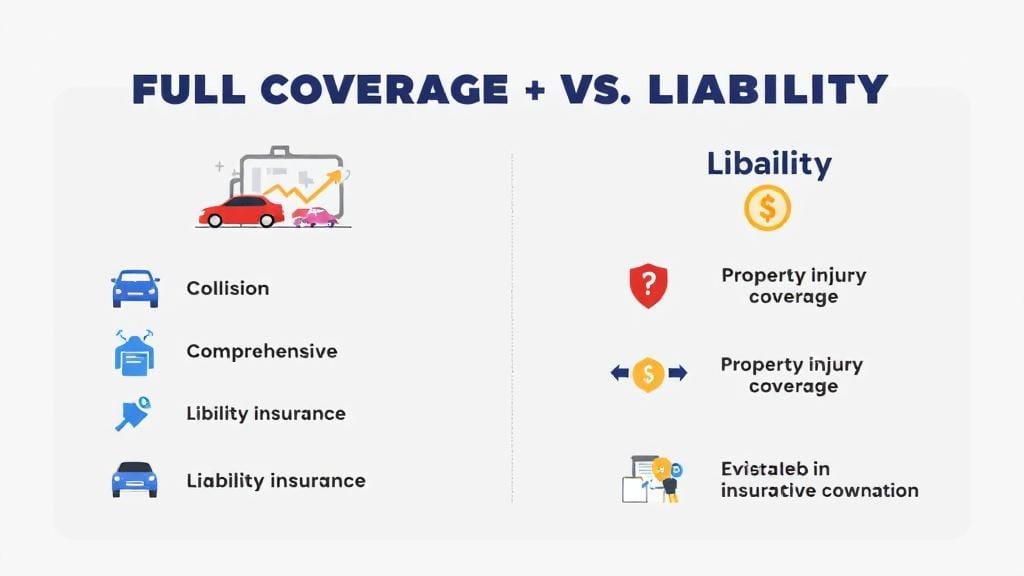In today’s volatile economy, financial debt restructuring has become a vital tool for individuals and businesses alike. Whether you’re a corporation grappling with liquidity issues or a salaried professional buried under personal loans, restructuring your debt can offer a path toward financial stability—and even recovery.
This comprehensive guide breaks down how debt restructuring works, who it’s for, what the process involves, and how to negotiate better terms with creditors.
What Is Financial Debt Restructuring?
Financial debt restructuring refers to the process of modifying existing debt agreements to make repayment terms more manageable. This may involve reducing interest rates, extending loan tenures, or even converting debt into equity.
It’s a common solution for those facing financial strain—be it companies with high corporate liabilities or individuals struggling to repay loans.
Types of Financial Debt Restructuring
There are two main categories:
1. Corporate Debt Restructuring (CDR)
Corporate debt restructuring is aimed at businesses and large enterprises that are struggling to meet repayment obligations due to declining revenue, high-interest rates, or operational losses.
Common adjustments include:
Lower interest rates
Longer repayment schedules
Partial debt waivers
Debt-to-equity swaps (where creditors take equity in the business)
2. Personal Debt Restructuring
This applies to individuals who are unable to keep up with their loan EMIs, credit card dues, or other personal liabilities.
Typical restructuring solutions:
Consolidation of multiple loans
Interest rate adjustments
Debt repayment plans with longer terms
Waiving of late payment penalties
Why Consider Debt Restructuring?
Whether you’re an individual or a business, here are the key benefits:
✅ Avoid Bankruptcy
Restructuring can help you avoid declaring insolvency by adjusting payment terms, which is often seen as a bankruptcy alternative.
✅ Improved Cash Flow
By reducing monthly payments or extending the tenure, restructuring improves your liquidity and makes day-to-day operations more sustainable.
✅ Preserve Creditworthiness
A structured payment plan helps avoid defaults, protecting your credit rating and making future borrowing easier.
✅ Financial Recovery Through Debt Restructuring
Proper planning can lead to a financial turnaround strategy, allowing you to regain stability without drastic measures like selling assets or downsizing.
Debt Restructuring Solutions: What Are Your Options?
There are several debt restructuring solutions tailored to specific needs:
🔁 Loan Rescheduling
Extending the loan term to reduce EMI burden.
💳 Credit Restructuring Options
Includes balance transfers, consolidation, or re-negotiating credit card debt terms.
🏦 Loan Modification
Changes to the original loan contract—like interest rate reductions or grace periods.
📈 Debt Refinancing vs Restructuring
While debt refinancing replaces old debt with a new one (usually at better terms), debt restructuring modifies the existing agreement without issuing a new loan.
The Loan Restructuring Process: Step-by-Step
Here’s what the loan restructuring process typically looks like:
Step 1: Assess Your Debt Servicing Capacity
This involves analyzing your current income versus monthly obligations. If your debt servicing capacity is too low, restructuring becomes necessary.
Step 2: Engage With Creditors or Debt Restructuring Firms
Open discussions with your bank or use debt restructuring firms or financial restructuring services to act on your behalf.
Step 3: Submit a Restructuring Proposal
This includes:
Financial statements
Repayment capacity proof
Justification for restructuring
Step 4: Negotiation and Creditor Agreement
Creditor negotiation can lead to:
Interest rate cuts
EMI waivers
Principal reduction
New repayment schedules
Step 5: Legal Approval (If Required)
In some cases, especially with non-performing assets (NPAs) or larger corporate accounts, restructuring requires legal or regulatory approval.
When Should You Opt for Debt Restructuring?
Debt restructuring is ideal in the following cases:
Your business shows potential but suffers temporary liquidity issues
You’re facing job loss, medical emergencies, or cash flow problems
You’re nearing insolvency and debt relief is your only option
You’re already overdue on loan payments
Real-Life Example: Business Debt Restructuring
Case Study: A mid-sized manufacturing company in Gujarat faced a revenue slump post-COVID. The business was unable to repay its ₹5 crore loan and was classified as an NPA.
Instead of declaring bankruptcy, the company initiated business debt restructuring:
Tenure extended from 5 to 10 years
Interest reduced by 2%
One-year moratorium on repayments
Today, the company is back in profit and has retained all its employees.
Things to Watch Out For
While debt restructuring offers relief, it’s not risk-free. Consider:
❗ Credit Score Impact
Restructuring can temporarily affect your credit rating. However, it’s better than defaulting.
❗ Additional Fees
Banks may charge processing or legal fees. Always read the fine print.
❗ Future Loan Eligibility
Some lenders may view a restructured loan as a red flag. Be prepared for stricter eligibility checks.
Choosing the Right Financial Restructuring Services
Look for:
RBI-registered firms or licensed debt advisors
Proven experience with loan modification and negotiations
Transparent fee structure
Strong network with financial institutions
Debt Restructuring vs. Other Debt Relief Methods
| Method | Description | Best For |
|---|---|---|
| Debt Restructuring | Modify current terms | Businesses or individuals facing temporary issues |
| Debt Refinancing | Replace with a new loan | Lowering interest costs |
| Insolvency | Legal declaration of inability to pay | Last resort |
| Debt Settlement | Pay a lump sum less than owed | High-risk cases |
FAQs: Financial Debt Restructuring
1. What is the difference between debt refinancing and restructuring?
Debt restructuring modifies your existing loan terms, while debt refinancing replaces your loan with a new one—often at a better interest rate or tenure.
2. Can individuals apply for personal debt restructuring?
Yes. Banks and NBFCs offer personal debt restructuring if you can demonstrate temporary financial hardship, like job loss or medical emergencies.
3. Are there alternatives to bankruptcy?
Absolutely. Options include creditor negotiation, loan modification, and even debt-to-equity swaps in case of businesses.
4. How does restructuring affect credit scores?
It may cause a temporary dip, but it prevents defaults, which can be more damaging in the long run.
5. How long does the loan restructuring process take?
Typically 30 to 90 days, depending on the complexity and the lender’s policies.
6. What is a debt-to-equity swap?
A debt-to-equity swap is when a portion of your debt is converted into company shares—commonly used in corporate debt restructuring.
7. Can you restructure home or education loans?
Yes. Most banks offer restructuring options across various loan types, including home, auto, and education loans, subject to eligibility.
Conclusion: Your Path to Financial Recovery
Financial debt restructuring can be a powerful tool to regain control over your finances. Whether you’re a business owner facing cash crunches or an individual dealing with mounting EMIs, restructuring offers relief without the long-term consequences of default or bankruptcy.
By understanding your options, working with the right professionals, and taking timely action, you can turn your financial situation around—from stress to stability.








Comments (0)